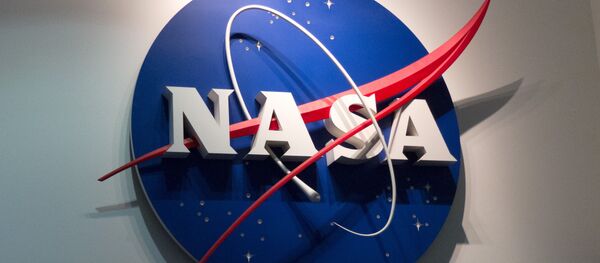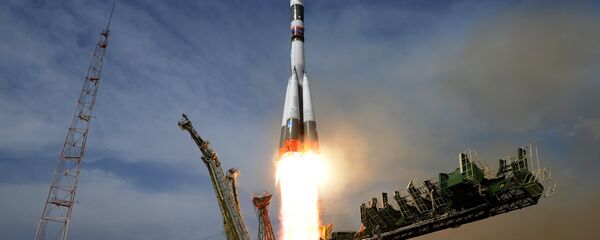"This time, when we go to the moon we're going to stay," NASA administrator Jim Bridenstine told space industry representatives at the agency's headquarters in Washington DC Thursday.
"We're not going back to the moon to leave flags and footprints and then not go back for another 50 years," Bridenstine avowed, adding, "We're going to go sustainably. To stay. With landers and robots and rovers — and humans," cited by Space.com.
NASA recently released a Broad Agency Announcement, encouraging commercial space companies to submit ideas for lunar landers, tug-like transfer vehicles and refueling systems. Companies will have until March 25 to submit ideas, after which NASA will make selections.
"This is going to be fast," William Gerstenmaier, NASA associate administrator of the Human Exploration and Operations said Thursday.
"We're going to need the best and brightest from you in industry. We're going to need the best and brightest from the international partner community to pull all this of," he added.
NASA's move comes after US President Donald Trump in December 2018 ordered the US Department of Defense to create a Space Force as a sixth branch of the US armed forces.
According to Bridenstine, NASA is going to the Moon to stay.
"We're going to go sustainably, to stay with landers and robots and rovers and humans," Bridenstine noted, adding, "We're going to put humans on the surface of the Moon. We're going to build an architecture where we can back and forth again and again and again," Spaceflightinsider.com reported.
With the help of industry, NASA wants to develop a reusable system, including a ‘Lunar Gateway,' to get humanity to the moon. NASA's lunar lander concept would allow space vehicles to return to and leave from the Gateway platform. In the first stage, astronauts would be transferred to a low lunar orbit, followed by a descent stage to take them to the lunar surface and an ascent stage to return travelers to lunar orbit.
"One of the advantages of using the Gateway as part of the architecture, is it will enable us to get to more parts of the Moon than we've ever been able to get to before," Bridenstine said.
"It's going to hang out for 15 years in what we call a near-rectilinear halo orbit where it's kind of balanced, if you will, between Earth's gravity and the Moon's gravity. It's going to be in a position where it doesn't take a lot of fuel to maintain that particular orbit."
The system will consist of a descent vehicle, a transfer vehicle and an ascent vehicle.
"NASA is looking at options for astronauts to shuttle between the Gateway and the Moon on reusable landers. Just like an airport here, spacecraft bound for the lunar surface or for Mars can use the Gateway to refuel or replace parts, and resupply things like food and oxygen without going home first. For months-long crew expeditions to the Gateway, this could allow multiple trips down to the lunar surface, and exploration of new locations across the Moon," NASA explained on its website.





